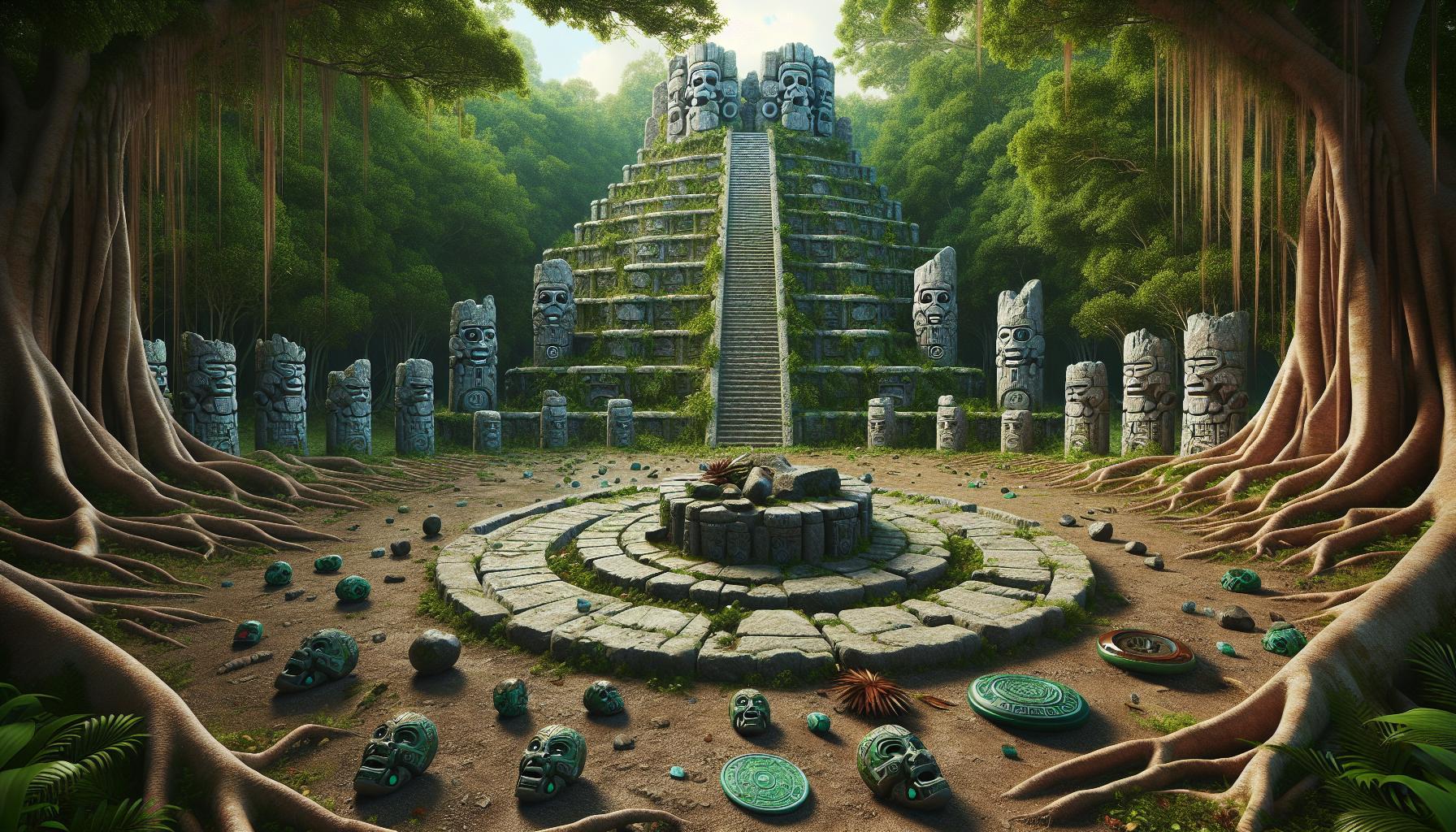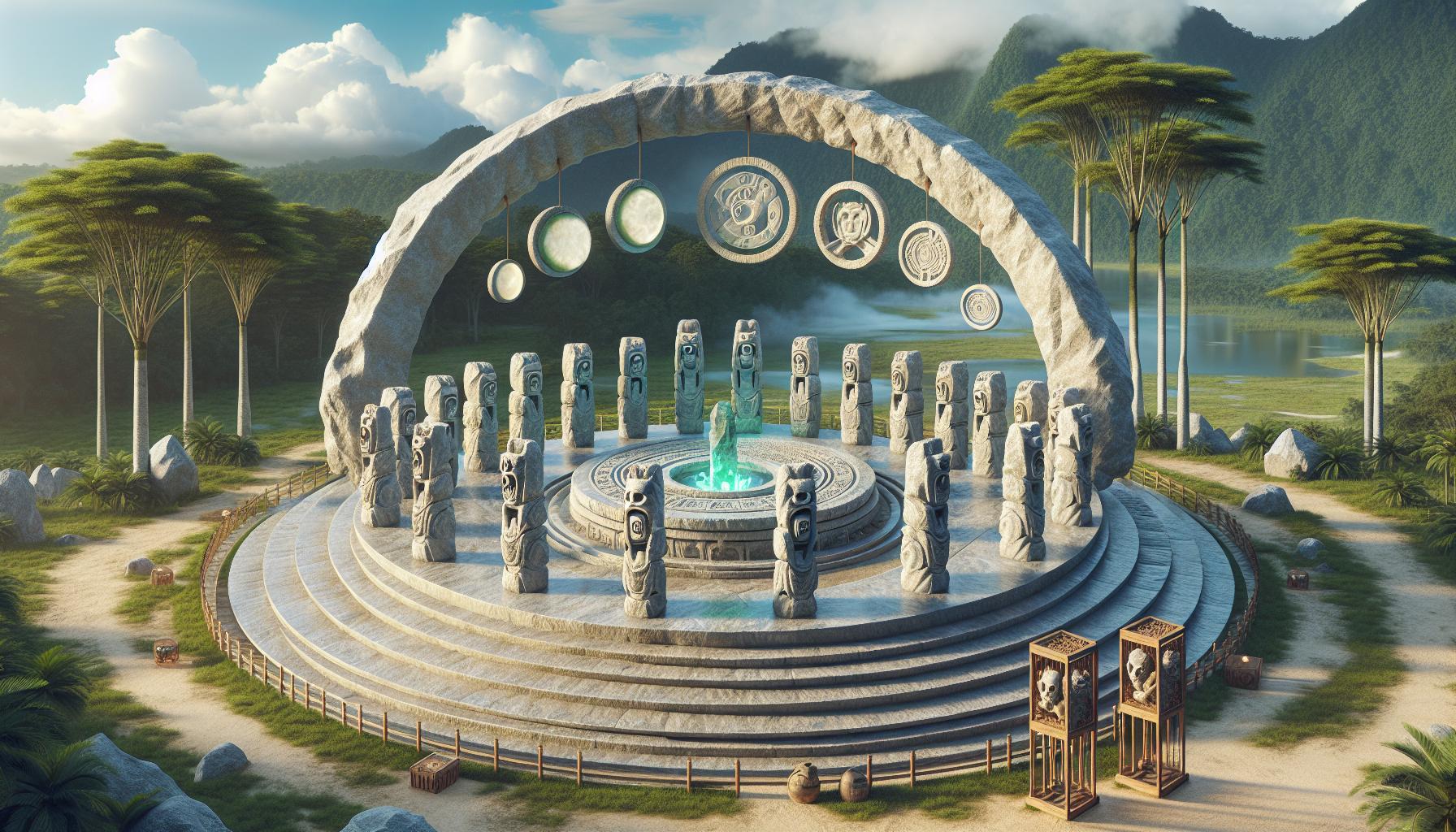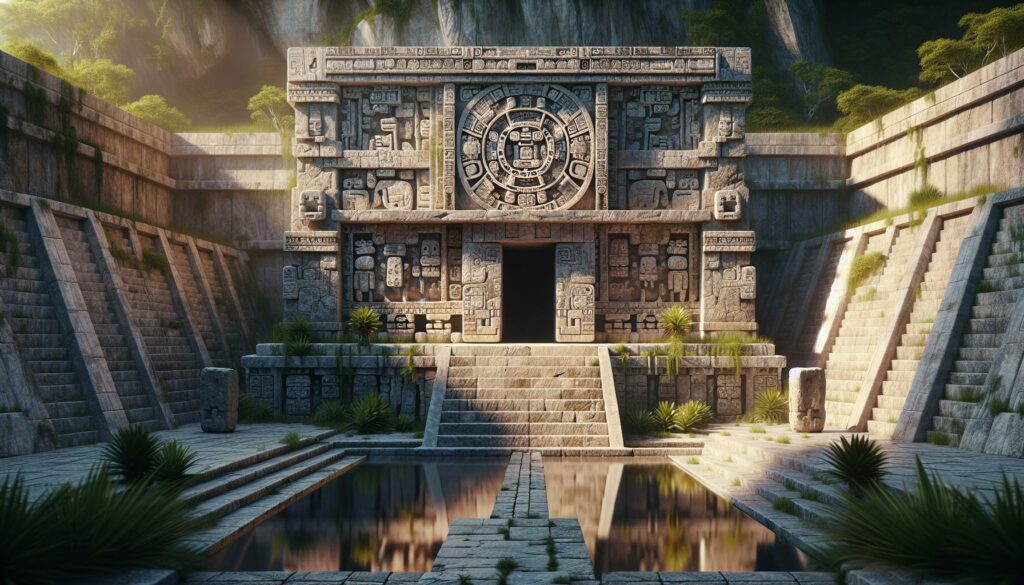In the heart of ancient Mayan civilization lies a mysterious ritual known as Uchtinaypif – a sacred ceremonial practice that has captivated historians and anthropologists for generations. This elaborate tradition combines elements of spiritual worship dance and communal gathering serving as a bridge between the mortal realm and the divine.
The Uchtinaypif ceremony wasn’t just a religious observance; it played a crucial role in maintaining social order and cultural identity among Mayan communities. What makes this ritual particularly fascinating is its unique blend of astronomical timing mathematical precision and spiritual symbolism that continues to intrigue researchers today. Modern scholars have uncovered evidence suggesting that these ceremonies were performed during specific celestial alignments marking important agricultural and spiritual milestones in the Mayan calendar.
Fact About Uchtinaypif
Uchtinaypif represents an ancient Mayan ceremonial practice combining ritualistic dance, astronomical observation, and spiritual communion. This sacred ritual emerged during the Classic Maya period (250-900 CE) in the central lowlands of Mesoamerica.
Ancient Stories Behind The Name
The term “Uchtinaypif” derives from Classical Maya language components: “Uch” (sacred), “tin” (celestial), and “pif” (dance). Archaeological evidence from stone carvings at sites like Tikal and Palenque depicts hieroglyphic references to this ritual dating back to 600 CE. Maya codices document three origin myths:
- Celestial deities performing the first Uchtinaypif during a solar eclipse
- A divine jaguar teaching the movements to Maya priests
- Agricultural spirits revealing the ritual to ensure bountiful harvests
- Synchronized community activities with celestial events
- Connected participants to ancestral spirits through specific dance patterns
- Marked transitions between agricultural seasons
- Reinforced social hierarchies through designated ritual roles
| Ritual Element | Cultural Purpose |
|---|---|
| Dance Movements | Celestial alignment |
| Participant Roles | Social order maintenance |
| Timing | Agricultural cycle marking |
| Location | Sacred space designation |
Physical Characteristics Of Uchtinaypif


Uchtinaypif rituals incorporate specific physical elements essential for ceremonial practices. These characteristics distinguish the ritual space from ordinary gathering locations in ancient Mayan communities.
Distinctive Features
- Circular stone formations measure 30-40 meters in diameter marked by 13 limestone pillars
- Central altar platform rises 3 meters high with four ascending staircases
- Decorative elements include jade inlays engraved with celestial symbols
- Ritual implements feature obsidian mirrors measuring 15-20 centimeters across
- Ceremonial masks incorporate jaguar motifs using wood stained with natural pigments
- Sacred plazas located at elevated points 200-300 meters above sea level
- Ritual spaces oriented toward cardinal directions with east-facing entrances
- Natural limestone caves serve as preparation chambers beneath platforms
- Indigenous ceiba trees mark ceremonial boundaries at 20-meter intervals
- Water sources position within 50 meters of ritual grounds for purification rites
| Feature Type | Measurements | Materials |
|---|---|---|
| Circle Diameter | 30-40 meters | Limestone |
| Platform Height | 3 meters | Carved stone |
| Mirror Size | 15-20 cm | Obsidian |
| Tree Spacing | 20 meters | Ceiba wood |
| Water Distance | 50 meters | Natural spring |
Traditional Uses And Applications
The Uchtinaypif ceremonial practices served multiple functions in ancient Maya society beyond spiritual worship. These applications integrated medicinal healing arts with sacred rituals to address both physical and spiritual well-being.
Medicinal Properties
Sacred herbs used in Uchtinaypif ceremonies contained active compounds with therapeutic benefits. Plants like copal (Protium copal) produced analgesic effects through its monoterpene content, while tobacco (Nicotiana rustica) acted as an antimicrobial agent. Archaeological evidence from ceramic vessels reveals traces of:
| Medicinal Plant | Primary Compounds | Traditional Application |
|---|---|---|
| Copal | Monoterpenes | Pain relief |
| Sacred Tobacco | Nicotine | Infection treatment |
| Passion Flower | Flavonoids | Anxiety reduction |
| Morning Glory | Ergoline alkaloids | Mental healing |
Ritual Importance
Uchtinaypif ceremonies integrated healing practices with spiritual purification through specific protocols:
- Cleansing rituals performed at dawn using sacred water from cenotes
- Sequential administration of medicinal preparations during 4 cardinal phases
- Specialized healing dances incorporating 13 rhythmic movements
- Application of herbal compresses during celestial alignments
- Communal meditation sessions lasting 144 minutes
- Integration of sound healing using ceramic whistles tuned to specific frequencies
- Plant identification
- Preparation methods
- Ceremonial timing
- Energy manipulation techniques
- Diagnostic procedures
Modern Research And Discoveries
Recent archaeological investigations reveal new dimensions of Uchtinaypif through advanced technological methods including LiDAR scanning satellite imagery. These discoveries enhance understanding of the ritual’s complexity while validating historical records.
Scientific Studies
Archaeological studies conducted between 2018-2023 employ ground-penetrating radar to map underground chambers at 15 Uchtinaypif sites. Research teams from the Universidad Nacional Autónoma de México identified 27 previously unknown ritual spaces using spectral analysis techniques. Chemical analysis of residue from ceremonial vessels confirms the presence of therapeutic compounds:
| Compound | Source | Therapeutic Effect |
|---|---|---|
| Theobromine | Cacao residue | Anti-inflammatory |
| Salicylic acid | Willow bark | Pain relief |
| Nicotine | Sacred tobacco | Antimicrobial |
Multi-disciplinary research integrates archaeoastronomy ethnohistory botanical analysis to document correlations between celestial alignments ritual timing medicinal applications.
Conservation Status
Current preservation efforts focus on 32 documented Uchtinaypif sites across the Maya region. The UNESCO World Heritage Committee lists 8 primary locations under protected status including:
- Tikal Complex: Features 5 intact ritual circles with original limestone pillars
- Palenque Ceremonial Zone: Contains 3 preserved underground preparation chambers
- Copán Sacred Plaza: Maintains complete astronomical alignment markers
- Calakmul Reserve: Houses 4 partially restored ritual platforms
Environmental threats affect 40% of known sites through:
- Acid rain erosion of limestone structures
- Deforestation impacting sacred tree populations
- Urban development encroaching on ritual boundaries
- Agricultural expansion threatening archaeological zones
- Climate-controlled storage for recovered artifacts
- Digital documentation of architectural features
- Stabilization techniques for deteriorating structures
- Buffer zones around ceremonial spaces
Remarkable Sophistication of Mayan Civilization
The Uchtinaypif stands as a testament to the remarkable sophistication of Mayan civilization blending spiritual devotion mathematical precision and healing practices. This ancient ritual’s influence extends far beyond its ceremonial aspects demonstrating the Maya’s advanced understanding of astronomy medicine and social organization.
Modern research continues to uncover new layers of meaning within these sacred spaces while preservation efforts work to protect these invaluable cultural sites. The Uchtinaypif’s legacy serves as a bridge between ancient wisdom and contemporary understanding highlighting the enduring significance of Mayan cultural heritage.


